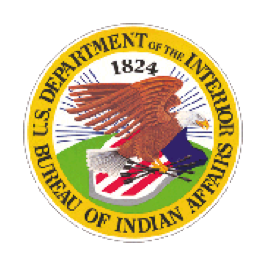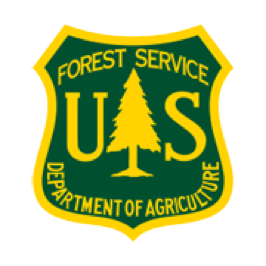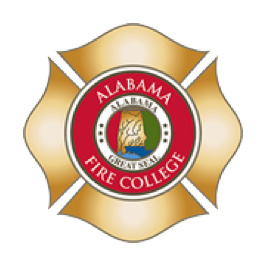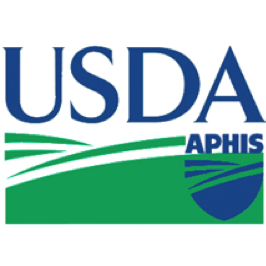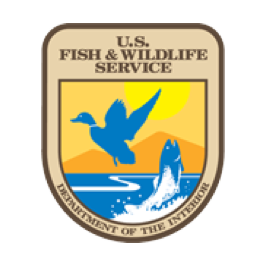Santa Clara Pueblo Awarded Funds for Riparian and Wildlife Corridor Restoration at Santa Clara Pueblo
Utilizing funding awarded by the America’s Ecosystem Restoration Initiative competitive grant program for ecological restoration and cultural preservation, the Santa Clara Pueblo is conducting large-scale riparian and wildlife corridor restoration on their lands.

New Mexico – In 2022, the National Fish and Wildlife Foundation (NFWF) announced the America’s Ecosystem Restoration Initiative (AERI), establishing five years of grant funding to support state, territory, and Tribally-led ecosystem restoration. One of fourteen Tribes awarded funding in the first round, the Santa Clara Pueblo (SCP), is utilizing AERI funding to restore riparian and wildlife corridors within the SCP reservation.
In February of 2024, the Native American Fish and Wildlife Society (NAFWS) Grants Coordinator, Megan Hawkins, and the two AERI Field Liaisons, Andy Edwards and Katie Schultz, met with SCP Forestry Director Daniel Denipah to see firsthand how the AERI program is supporting Tribal conservation. NAFWS staff were joined by National Fish and Wildlife Foundation (NFWF) Program Manager | National Programs, Sydney Godbey, and Regional Program Coordinator, Blake Gardiner on the site visit.
Santa Clara Pueblo Forestry Program
SCP is working to restore the riparian and wildlife corridors running through the heart of their reservation in the Santa Clara Creek Watershed, the lower Rio Santa Cruz, and Rio Grande River. This project links together over 40 miles of contiguous, vitally important stream corridors that run from over 9,500 feet in elevation from the tops of the Jemez Mountains to the Rio Grande Valley at 5,600 feet. These three rivers have suffered tremendous impacts over the past 25 years, including three catastrophic wildfire events, devastating post-fire flooding events, a huge influx of non-native species, and numerous impacts incurring from the growth of the city of Espanola.
For countless generations these corridors have served to connect the Santa Clara Pueblo community to diverse ecosystems and their associated fauna. When touring the restoration area, Denipah explained “This canyon was actually off limits to tribal members for over 20 years. There is a whole generation of children who have never seen it. This was a priority for the council – because it’s all a big part of our culture – keeping that connection alive. You can really see how important this area is for everything.”
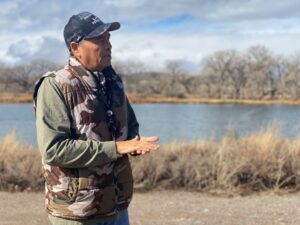
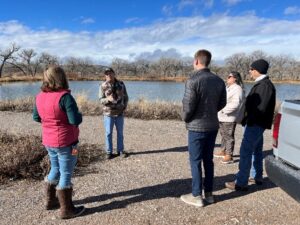
Daniel Denipah, SCP Forestry Director, explains the challenges facing the riparian corridor along with the need for restoration.
Lower elevation riparian areas have been impacted by infrastructure development, a disconnection of the floodplain from the river, and terrestrial invasive species including Russian Olive, Siberian Elm, purple loosestrife, and pepperweed, as well as several aquatic invasive species. “There were a lot of species that the community used to be able to come out here and utilize – wild asparagus, wild plum, for example, and we want to be able to bring that back,” Denipah explained as he talked about why SCP has been working to remove invasive species and develop an Invasive Species Plan. After aggressively removing invasive species at the Casino wetland restoration site, he tells us, “we’re actually seeing stuff come back, including native vegetation and wildlife.” Better connectivity between the Rio Grande River and its floodplain and the associated benefits of improved water quality and better fish, wildlife, and plant habitat is another primary goal of the AERI project in the valley.
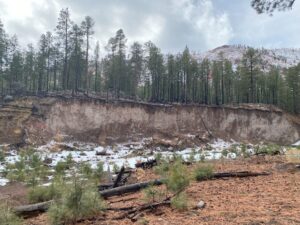
Invasive species and a lack of floodplain connectivity in the lower elevations are far from the only problem the riparian corridor faces. Upper elevation areas were severely damaged by the intense wildfires and subsequent major flooding events. The first major wildfires were in the late 1990s and the widespread loss of forest cover drastically altered the resiliency and function of the broader ecosystem. Denipah looked back on the fire event, “After the fires, a lot of the soil was totally sterilized and almost like cement. Everything was having a hard time coming back – it has taken a couple years to see anything.” The floods wiped out the road and vegetation along the riparian area. Loss of riparian vegetation impacted deer and elk migrations and stream hydrology changed with increased sedimentation and temperatures causing stress for native fish. Physical damage to the road and concerns about the safety of community members led the Tribal Council to take the difficult step of closing community access to the upper reaches of Santa Clara canyon.
With AERI funds, SCP will encourage channel meandering and river pool development, limiting the risk for another flood event. SCP will also restore native vegetation including Douglas Fir, a culturally significant species, to the area, providing shaded areas of the creek and the opportunity to restore trout. The stream work and native vegetation restoration will lead to increased ecosystem resilience against future flood and fire events, while restoring historical wildlife migration corridors and improving riparian habitat for many species. In all of this, SCP is involving the school and the community in restoration efforts. Students will assist with planting native species and raising trout. Ultimately, restoration activities will allow the Santa Clara Pueblo community to once again access and connect with nature throughout the entirety of their reservation and preserve the ability of future generations to understand and enjoy the benefits of historical connections to the landscape.
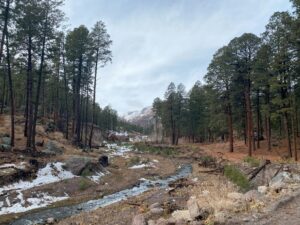
The Santa Clara Creek flows into the Rio Grande within the SCP reservation.
Supporting Tribal Conservation
In 2022, NFWF received $326 million in proposals from Tribal Nations through the America the Beautiful Challenge. While the program awarded a significant amount of grant funding to Tribes, $26.7 million, and will continue to provide grants through 2027, it also demonstrates the need for long-term, sustainable funding for Tribal conservation.
“I was impressed not only with the enormity of the challenge that the Santa Clara Pueblo faces, but also their vision for, and dedication to, undertaking a large-scale, community guided restoration plan that embraces the concept of stewarding our environment in a way that improves conditions for future generations. It is exciting that programs like AERI can provide a significant amount of funding to help Tribal Nations, and others charged with stewardship, implement restoration activities like this in a cohesive fashion rather than continually struggling to piece together smaller projects from limited funding sources.” – Andy Edwards, NAFWS Grants Field Liaison
About Us
NAFWS is the only national Tribal organization with a specific focus on Tribal fish and wildlife resources. As a unique membership organization with 227 Support Member Tribes in 7 regions, NAFWS strives to meet the needs of its Individual Members and Member Tribes through conferences, trainings, youth education, and by participating with innovative projects and initiatives in Indian Country.
Disclaimer: The text of this article has been changed to reflect the new name of the America’s Ecosystem Restoration Initiative. For more information on this change, please contact Megan Hawkins, [email protected].
